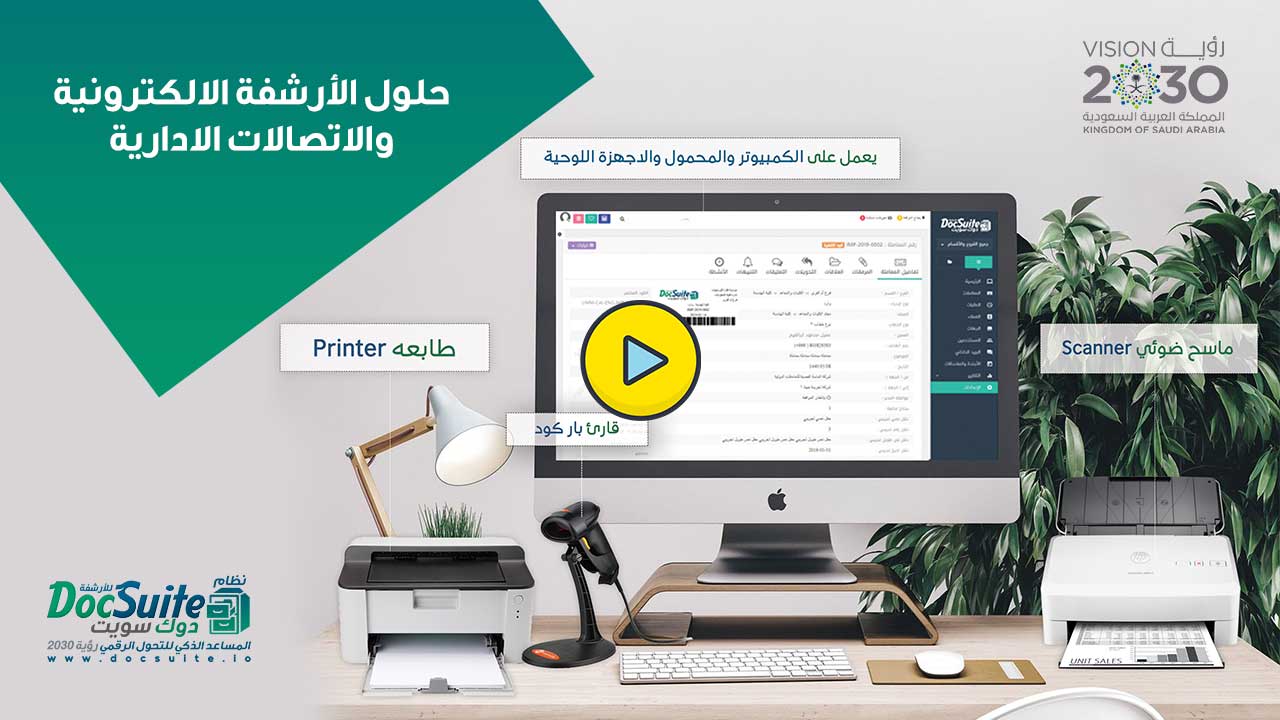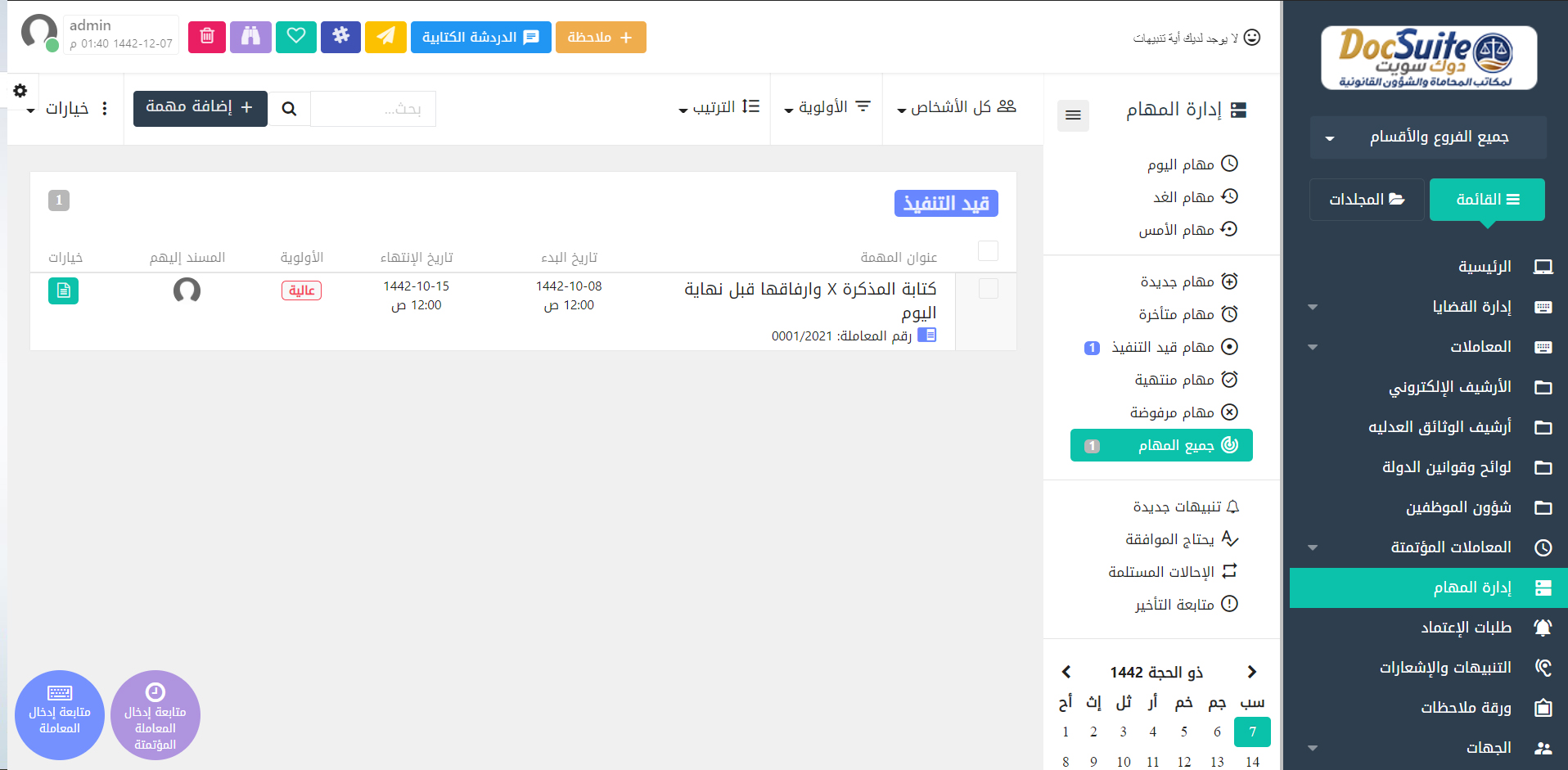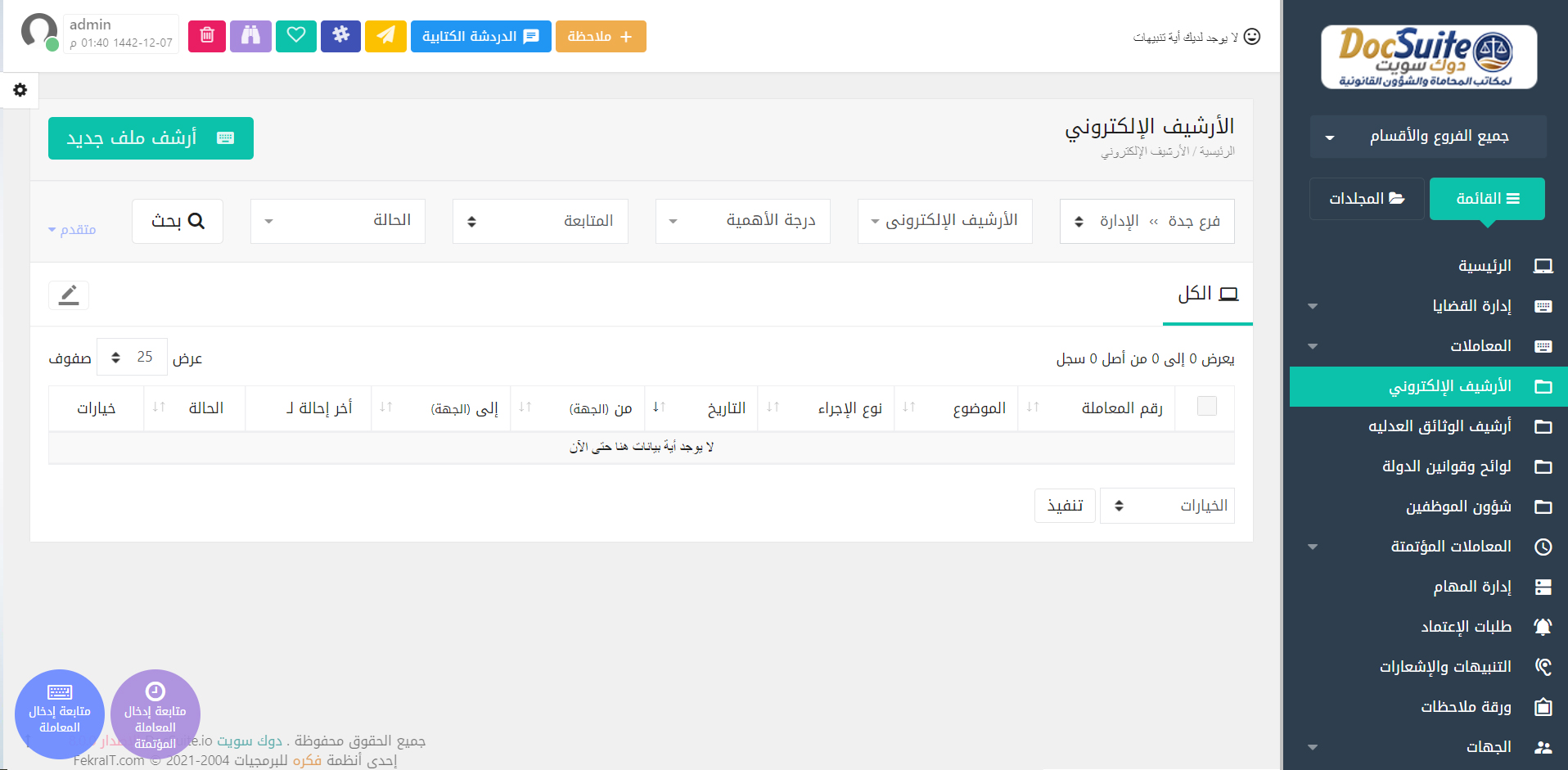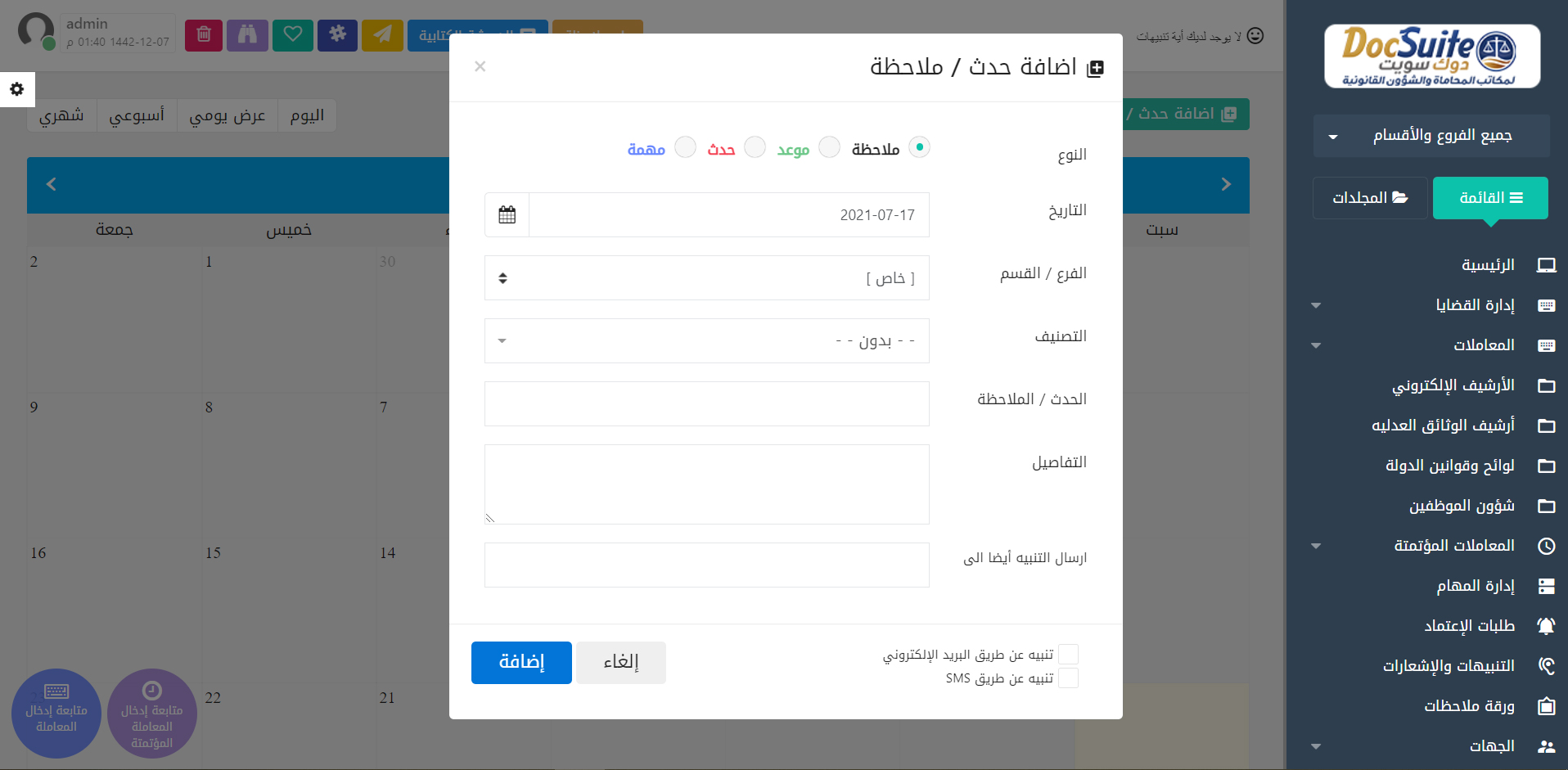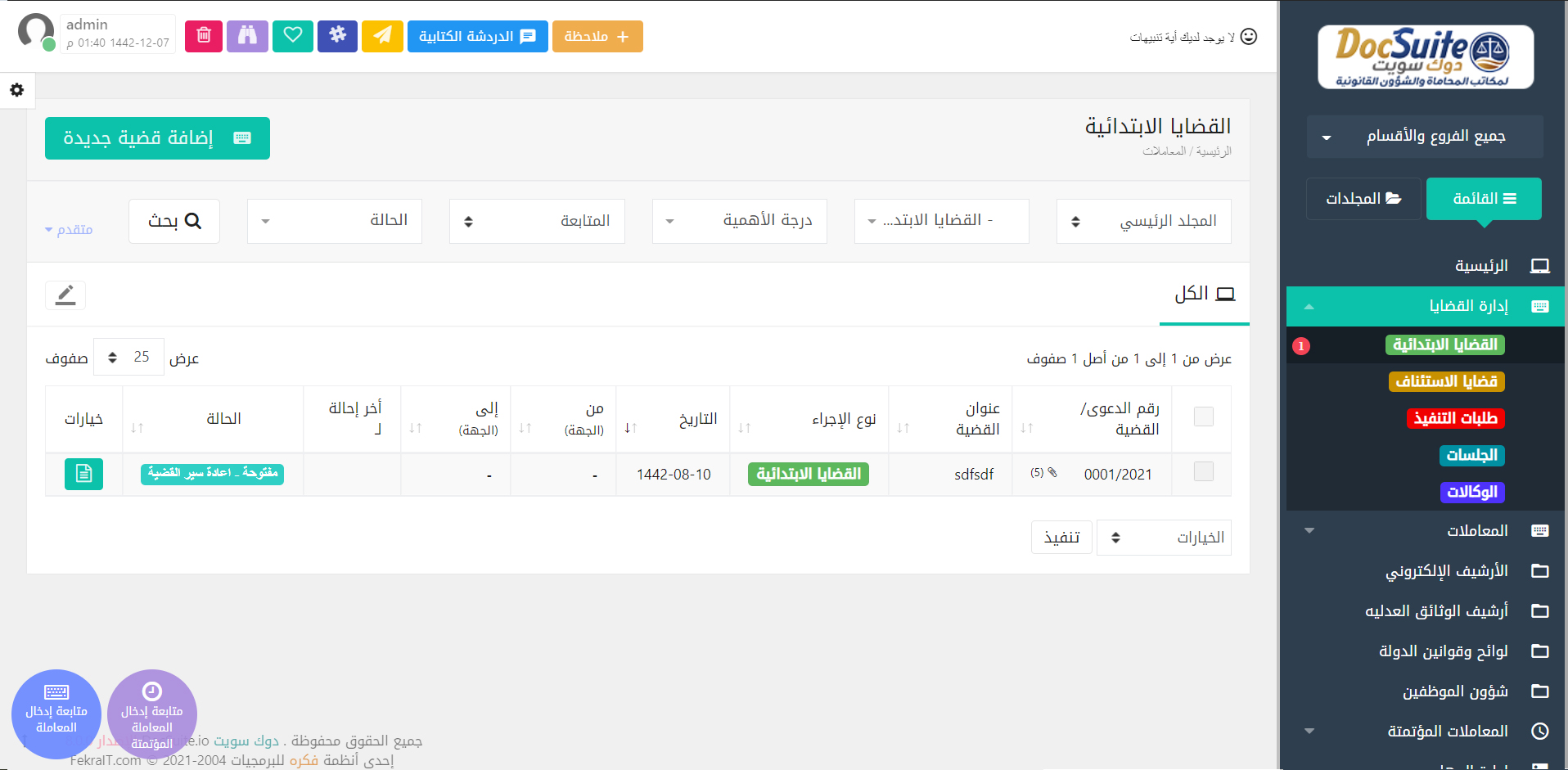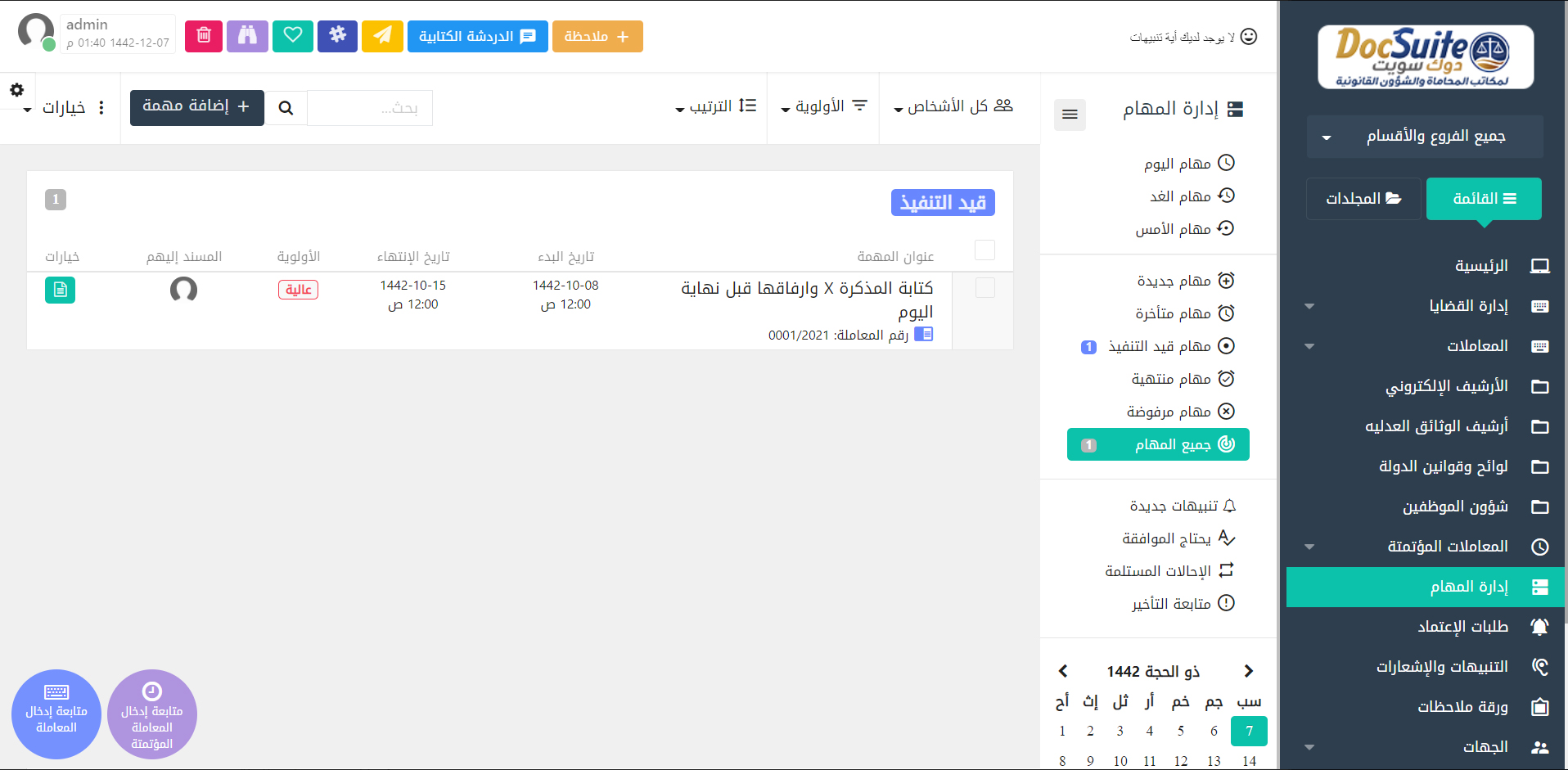DocSuite| Health care
Medical file archiving and management system
Are you looking for an integrated and effective solution to improve medical file management in your medical institution?
<div><span style="font-size: 13.92px;">Discover the great benefits that DocSuite's electronic medical file archiving and management system can bring</span></div><div><span style="font-size: 13.92px;">Contact us today to inquire and learn more</span></div>
Steps to implement Medical and hospitals governance
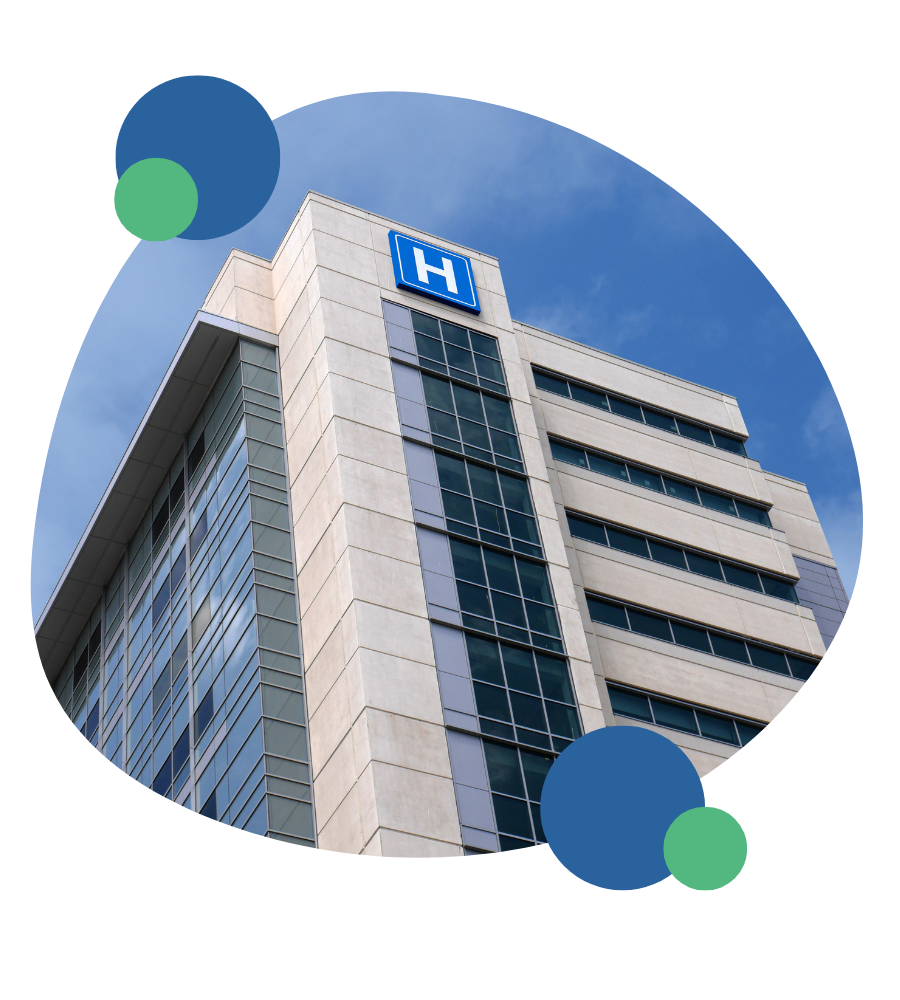
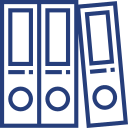
Composition of the board of directors
Forming a specialized board of directors that includes members with experience in the field of health care
Establish policies and procedures
Develop and implement internal policies and procedures that regulate quality, safety, security and ethics.
Compliance with laws and regulations
Ensure compliance with local and national laws and regulations related to healthcare and hospitals.
Providing reporting and transparency
Submitting periodic reports to the Board of Directors and relevant supervisory bodies, and complying with transparency standards.
Appointment of compliance officers
Appoint officials within the organization to follow up on the implementation of policies and regulations and ensure compliance.
Enhancing quality and safety
Enhancing the level of quality and safety in health care and providing training and education to employees.

Follow up and evaluate performance
Regularly evaluate the organization's performance, take measures for continuous improvement, and ensure respect for the law.

Communicate and share
Encouraging good communication between all members of the organization and effective participation in decision-making processes.
Advantages of electronic archiving and administrative communications to enhance the governance of hospitals and medical centers
. By adopting these modern technologies, managers can achieve organizational superiority that reflects positively on all aspects of the business. Electronic file management makes storing and retrieving information seamless and efficient, increasing the possibility of tracking patients' conditions and making better decisions based on accurate and comprehensive data. It also reduces costs associated with paper and saves environmental space. In addition, it enhances the security and protection of sensitive information and contributes to compliance with health laws and regulations. Administrative communication enhances cooperation and transparency between various departments and employees, which promotes common understanding and better coordination. In general, these technologies contribute to enhancing the quality of health care and enhancing patient and community confidence in the hospital, which enhances the reputation of the institution and helps to successfully achieve its goals.
Governance, risk and compliance (GRC) characteristics in hospitals and medical centers
Integration of goals
It aims to integrate governance, risk management and compliance objectives into a single organization. It seeks to achieve coordination between different aspects of guarantees.
Risk Management
The system places great emphasis on analyzing and evaluating potential risks that could affect business objectives and provides mechanisms to manage them and reduce their impact.
Compatibility and compliance
The software enables organizations to comply with industry and government regulatory requirements and ensure they adhere to applicable laws and standards to add value to the organization.
Transparency and documentation
Provides a system for documenting all governance, risk and compliance activities, helping in tracking relevant processes, decisions and reports.
improve the performance
With effective risk and compliance assessment and reporting systems integrated into the software, an organization can improve its performance and make better strategic decisions.
Simplify processes
DocSuite adopts a structured approach to aligning IT with business objectives in order to streamline organizational processes and direct resources efficiently.
Driving guidance
The GRC provides important, structured, comprehensive and detailed information to senior leadership to make strategic decisions and continuously monitor and improve the organization's performance.
Security and guarantees
The program helps enhance security and provide the necessary guarantees for the organization by monitoring operations, assessing weak points, reducing waste, and increasing efficiency.
Responding to change
DocSuite makes educational institutions better prepared to deal with changes in the external environment and ensure their sustainability by reducing the risks of non-compliance

Experience governance and quality in the spirit of creativity and self-evaluation
<font color="#000000"><span style="font-size: 13.92px;">DocSuite is an integrated framework that helps organizations achieve their goals efficiently, comply with standards, and manage risks effectively.</span></font><br>


Hospitals and medical facilities
Medical institutions use this system to store, archive and manage medical files securely and efficiently.

Doctors and medical staff
Doctors can access patient information quickly and effectively, to provide better healthcare.

Dispensaries and medical centers
Whether it is a clinic or a small medical center, this system can be used to improve medical file management.

Government agencies and regulatory forces
Government agencies can use this system to monitor, review, and ensure compliance with laws and regulations.
Common Questions
Medical File Archiving and Management System is a dedicated electronic system designed to store and manage files and health information in the medical field. This system aims to improve the management of health information and facilitate access to it in a safe and effective manner. The medical file archiving and management system includes many functions and features
- Provides secure storage for medical files.
- Facilitates access to information quickly and effectively.
- Reduces paper usage and related costs.
- Improves quality and safety in health care delivery.
- Facilitates compliance with health laws and regulations.
Yes, the medical file archiving and management system can be used in both small and large hospitals. Here are the reasons:
1. **Flexibility of orientation and adaptation:** A medical file archiving and management system that can be adapted and customized according to the needs of the hospital, whether small or large. The system can be configured to suit the organization's size and organizational structure.
2. **Improve productivity:** Whether the hospital is small or large, the system will improve productivity, facilitate administrative processes, and speed up access to medical information.
3. **Cost Effective:** There are many affordable medical file management and archiving solutions available that are suitable for small hospitals and provide a good return on investment.
4. **Compliance with standards and laws:** Whether the hospital is small or large, it must comply with health standards and regulations. A medical file archiving and management system can be an effective tool for complying with these requirements
5. **Improving the quality of care:** Thanks to the organization and ease of access to health information, a hospital will be able to improve the quality of care it provides to patients, regardless of its size.
Therefore, a medical file archiving and management system can be an added value for all types of hospitals, whether small, medium-sized or large.
Doctors can access medical information using a medical file archiving and management system in multiple ways and easily. Here's how:
- Search interface: The system allows doctors to use a customized search interface where they can enter patient information or other relevant information such as disease history, symptoms, or type of treatment. After that, the system can provide a list of results related to the search.
- Quick Access: Doctors can quickly access important patient files and medical history of current cases with one click through a simple and organized interface.
- Updating and modifying: In addition to accessing information, doctors can update and modify patient files to suit the development of the health condition.
- Notifications and Alerts: The system can send notifications and alerts to doctors about important updates or changes in patient files or treatment schedules.
- Sharing and communication: Doctors can easily share information with their medical colleagues, which enhances communication and collaboration between different medical teams.
- Reports and statistics: Doctors can generate reports and statistics about patient conditions and health information, which helps them make quick decisions and improve healthcare.
- Using these features, doctors can easily access medical information and improve the quality of care they provide to patients.
Security and protection of sensitive information are among the most prominent elements in a medical file archiving and management system. A high level of security is provided to protect sensitive health data. Here are some ways in which safety and protection are achieved:
- Encryption: Encryption techniques are used to protect health information when it is transmitted over the network and when it is stored. This ensures that access to information is limited to only authorized persons.
- Specific Access: Users are assigned specific access levels according to their roles and responsibilities. This means that each employee can only access information that is relevant to their work.
- Activity logging: All activities within the system are logged and tracked, allowing access, modifications and engagement to be monitored and any unauthorized activity identified.
- Identity Verification: Identity verification procedures are implemented for users when accessing the system, preventing unauthorized access.
- Protection Strategies: Protection strategies are implemented that include monitoring firewalls and malware and identifying potential security threats.
- Compliance with Laws: The system ensures compliance with health laws and regulations related to maintaining the confidentiality and security of health information.
- Training and Awareness: Employees are instructed to verify security practices and learn about best practices for protecting health information.
In these ways, sensitive health information is strongly protected and confidentiality and security are guaranteed over time
Yes, the medical file archiving and management system can be under the control of healthcare institutions to comply with health laws and regulations. Here's how the system can support compliance:
- Secure storage and encryption: The system allows information to be stored securely and the use of encryption techniques to protect the data. This complies with many laws and regulations that require the confidentiality and security of health information.
- Specific access: The system allows you to specify who can access information and at what level. It can be configured to ensure that access is limited to authorized persons only.
- Recording and Reporting: The system allows recording of all activities within the system, facilitating the creation of reports and documentation of an organization's compliance with standards and regulations.
- Review and Monitor: Management can review and monitor the use of the system to verify compliance and take necessary measures to ensure compliance.
- Continuous updates: The system is updated regularly to ensure continued compliance with changes in health laws and regulations.
In these ways, a medical file archiving and management system can support health institutions in complying with laws and regulations and ensuring the confidentiality and security of health information.
There are many benefits that patients can benefit from thanks to a medical file archiving and management system. Some of these benefits include:
- Speed and ease of access: Patients and healthcare providers can quickly access patient information, which helps improve communication and better medical decision-making.
- Improved quality of care: With health information readily available, doctors can make better and more accurate decisions about providing care to patients.
- Participation in care: Patients can access their health information and actively participate in treatment processes and make decisions related to their health.
- Precise guidance and treatment: Patients can benefit from precise guidance and treatment based on comprehensive medical information.
- Reducing medical errors: Having accurate and easily accessible information contributes to reducing medical errors and improving patient safety.
- Maintain confidentiality: Patients can rest assured that their health information is kept securely and that access to it is in accordance with confidentiality and privacy regulations.
- Improved care experience: Patients can benefit from a more seamless healthcare experience and easier access to health services.
- Participation in medical research: Patients can give permission for their information to be used in medical research more easily and transparently.
With these benefits, patients can benefit from improved healthcare quality and improve their personal healthcare experience.
- Yes, a medical file archiving and management system can greatly help in improving communication and collaboration between departments in a hospital. Here's how this system can have a positive impact on communication:
- Seamless information sharing: The system allows health information to be shared between departments easily and effectively. This can be useful when transferring patients between departments or when providing multidisciplinary care.
- Instant access: Health information is available through the system as soon as it is needed, enabling employees in different departments to access information quickly without having to search for paper files.
- Collaboration between medical teams: Doctors, nurses, and medical staff in different departments can collaborate effectively when working with complex patient cases or requiring coordination between teams.
- Patient condition follow-up: Health information can be continuously monitored by various departments, ensuring continuous and coordinated care for patients.
- Submitting joint reports: Joint reports can be created containing information from various departments, which helps in decision-making and administrative planning.
In general, the medical file archiving and management system enhances communication and cooperation between departments in the hospital, which contributes to improving the quality of care and efficiency in providing health services.
Implementing a medical file archiving and management system can face some challenges. Among the common challenges include:
- Cost: The cost of developing and implementing an electronic archiving system is high, including the cost of purchasing software and hardware, and training and maintenance costs.
- Systems Integration: There may be challenges in integrating the new archiving system with systems already in place at the hospital, such as hospital management systems and legacy medical records.
- Training challenges: Employees learning and implementing the new system requires extensive training and instruction, which may pose challenges for human resources management.
- Resistance to change: You may encounter resistance from some employees to adopt a new system, especially if they are accustomed to traditional methods.
- Information Security: Security and security challenges remain critical to protecting health data and meeting regulations.
- Sustainability challenges: Maintaining and periodically updating an archiving system can be a challenge for health institutions.
- Customization Challenges: The needs and requirements of a particular medical institution may require that the archiving system be customized to its unique needs.
- Legal and Regulatory Challenges: The system must comply with laws and regulations related to health information, which includes confidentiality obligations and compliance with data protection laws.
- Data storage challenges: Long-term data storage can be a challenge as the volume of digital information expands.
Improving management and achieving the benefits associated with a medical file archiving and management system requires dealing with these challenges effectively and finding appropriate solutions for the health institution.
Tools provided by DocSuite to support you in your digital transformation journey
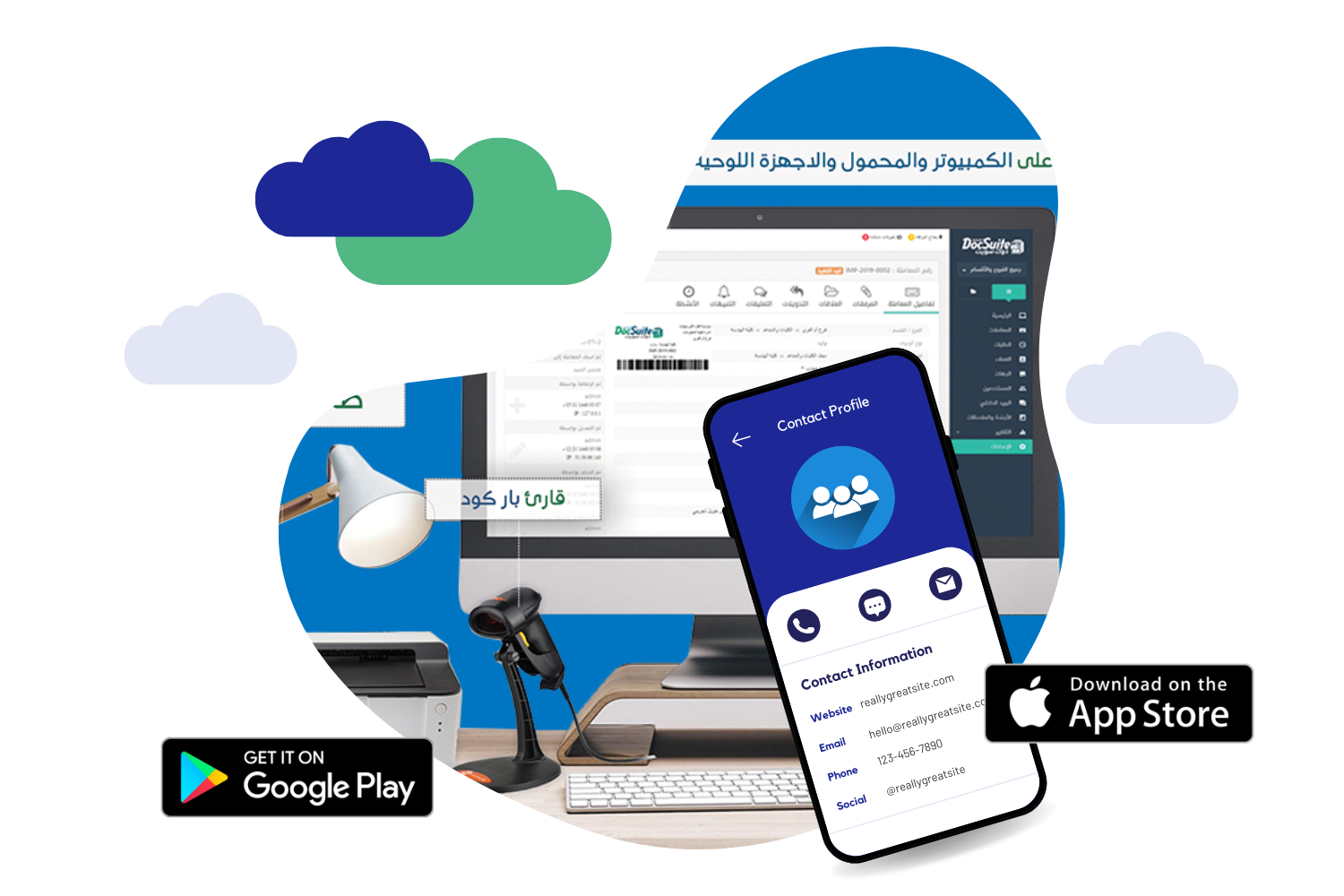
Legal Archiving Library
Check out a wide range of educational resources and inspiring success stories
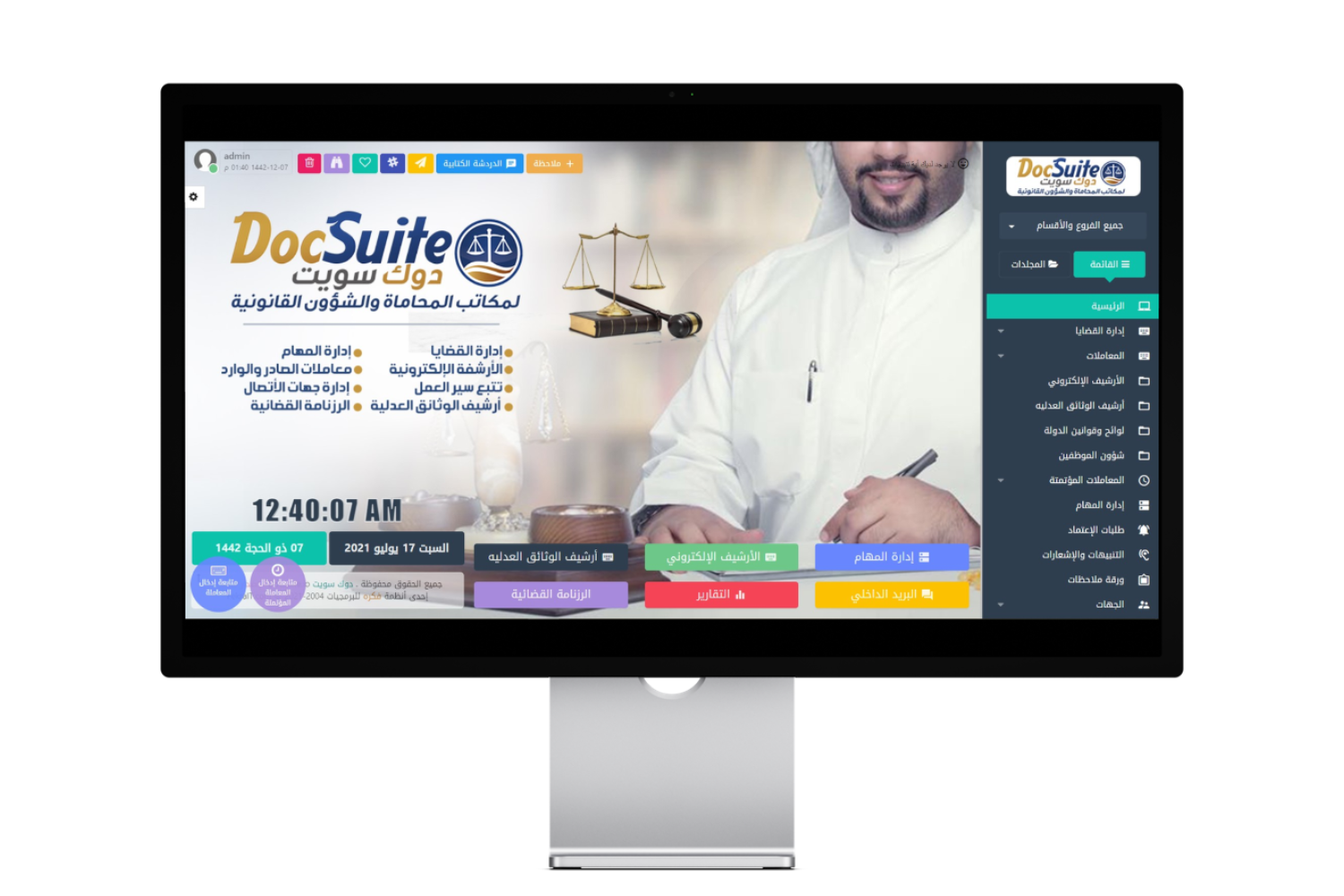
Profile of the Legal Affairs System
Campaign now and review all the features, benefits and capabilities offered by the system
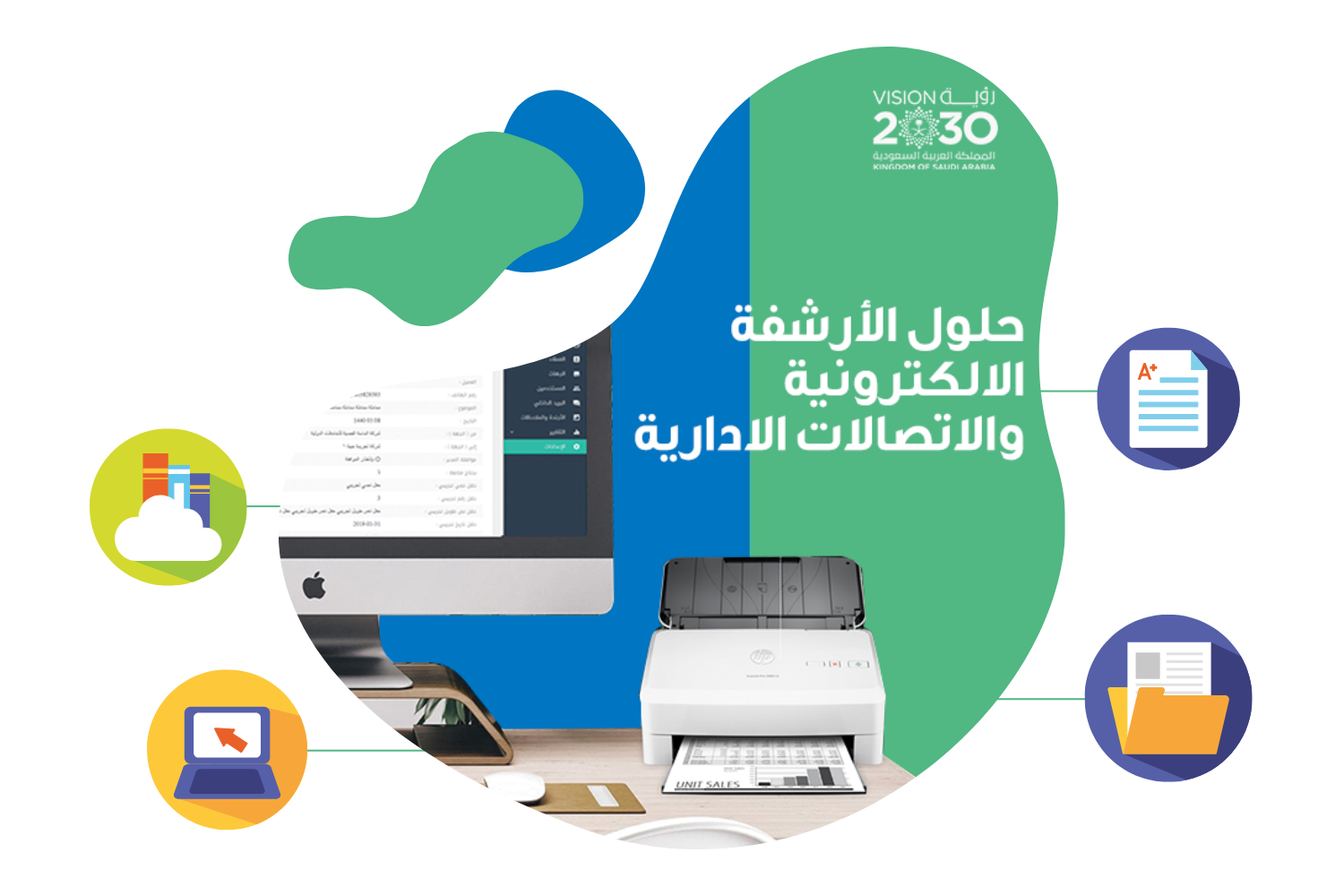
DocSuite application
Take advantage of mobile applications and use DocSuite anytime and anywhere
 Buy Now
Buy Now  Meeting
Meeting 







